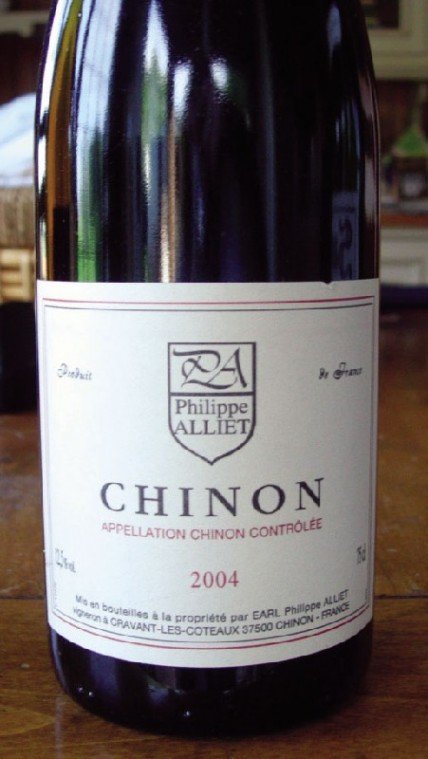In the 18 months since I have been doing this column, I have
touched on some different wine regions in France.
In the 18 months since I have been doing this column, I have touched on some different wine regions in France. This has been done mostly through the dinner group that I gather with about every two months. We have been able to cover some of the more popular regions, including Beaujolais, Burgundy, Alsace, Rhône and Champagne.
If quizzed about what region we have yet to cover, most would respond with the famous region of Bordeaux. Relatively few would mention the Loire Valley, an afterthought in most people’s minds, despite the fact that the Loire is the largest wine region in the country.
The Loire wine region stretches for approximately 200 miles along the Loire River, from the Atlantic Ocean to the towns of Sancerre and Pouilly-Fume in the foothills of Massif Central.
Wine making in this region dates back to the 5th century, and the Loire region, perhaps more than any other in France, can create the greatest variety and subtle nuances in almost every style of wine that is produced. This can be attributed to the different expressions of the soil and the micro-climates that exist along the Loire River.
The wines of Loire are appreciated locally, but hardly given much look here in the United States. The Loire wines are reasonably priced, delicious and available. So why aren’t more people enjoying them?
Some of the finest wines of Loire are made with the Chenin Blanc grape, a grape that has been maligned as cheap, dull and ordinary. The reds of the Loire region tend to be softer and lighter in style, so light that some could easily be paired with fish and other seafood. This style tends to be the opposite of what most people consume in the United States. These wines, both reds and whites, also have the potential to age gracefully for 30 years or more.
Besides the Chenin Blanc grape, the are other notable varietals that comprise most of the wine coming from the Loire Valley, including cabernet franc, sauvignon blanc and muscadet. Remember, wine labels from Italy and France often do not reveal the type of grape used to make the wine. The labels declare the winemaker, winery, town or region the bottling came from. By knowing the region and viticulture history, one can decipher quickly what grapes are being used. When our wine dinner group got together recently, here are some the labels we encountered:
Sancerre and Pouilly-Fume: These are the most famous wines coming out from the Loire Valley, both comprised of the sauvignon blanc grape. These wines have traditionally been fermented and aged exclusively in stainless steel tanks. There are new trends in the past decade or so to experiment more with late harvests, aging in oak barrels, etc.
Vouvray and Savennières: White wines made with the Chenin Blanc grape. Some wine aficionados have proclaimed that Savennières could be the most cerebral wine in the world, full of complexity. Vouvray, like Champagne, can be sec (dry); sec-tendre (off-dry); demi-sec (half-dry); or Moelleux (sweet).
Chinon and Bourguiel: These red or blush wines come from the cabernet franc grape. Chinon tends to be compared to light, fruity claret. Those that can be aged take on characteristics of earth, flowers and spice. Bourguiel can be fruity and/or herbaceous, depending on where the vines are planted (south facing slopes) or if the soil is clay, sand, gravel or limestone.
Muscadet: The more popular name of the grape varietal Melon de Bourgogne. This crisp, steely white wine is starting to gain in popularity due to its low cost and unique flavor profile.
Our host decided to pair more wines with the appetizer course and then move into a more focused wine pairing with each of the following five courses – yes, five more courses to follow! That dinner menu and all the wines we enjoyed will be explored in the next two columns.
For those that recall, I put out a challenge two weeks ago for readers to submit their favorite wine lines, wine descriptions or phrases. The winning submission would receive a bottle of wine from yours truly.
I was able to get the submissions down to my two favorites, but became stuck on which one to declare the winner – so, we have a tie.
Dave Mito, from the Golden Oak Restaurant in Morgan Hill, submitted this gem: “Absurd, yet flaccid.”
Tonya Bonesio shared her favorite thing to say when encountering someone who may take wine a bit too seriously, calling them “Cork Dorks.” Love it!
I’ll make sure to get the winners their wine as soon as possible. I also hope to have a few other contests in the near future.
Cheers!













